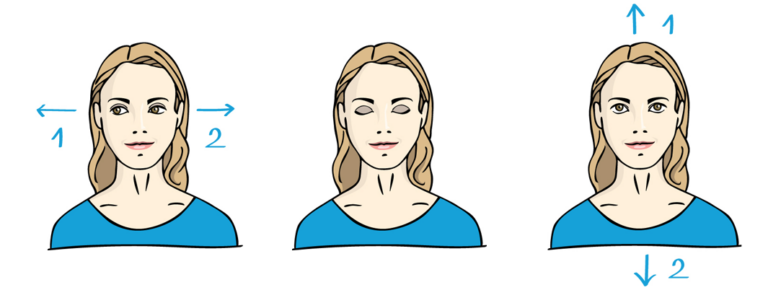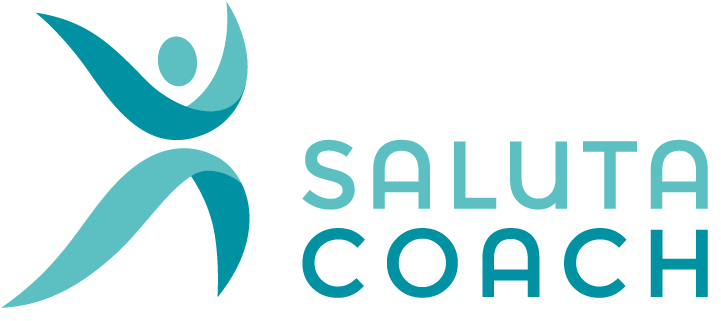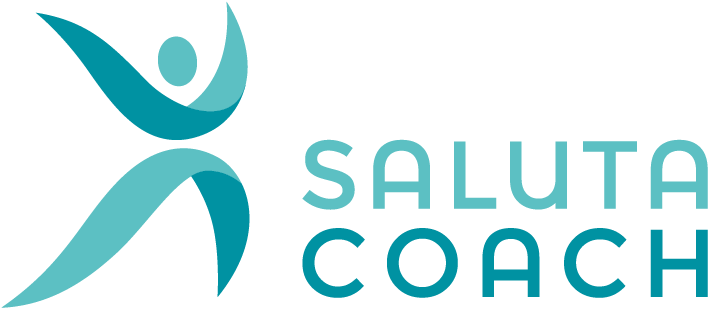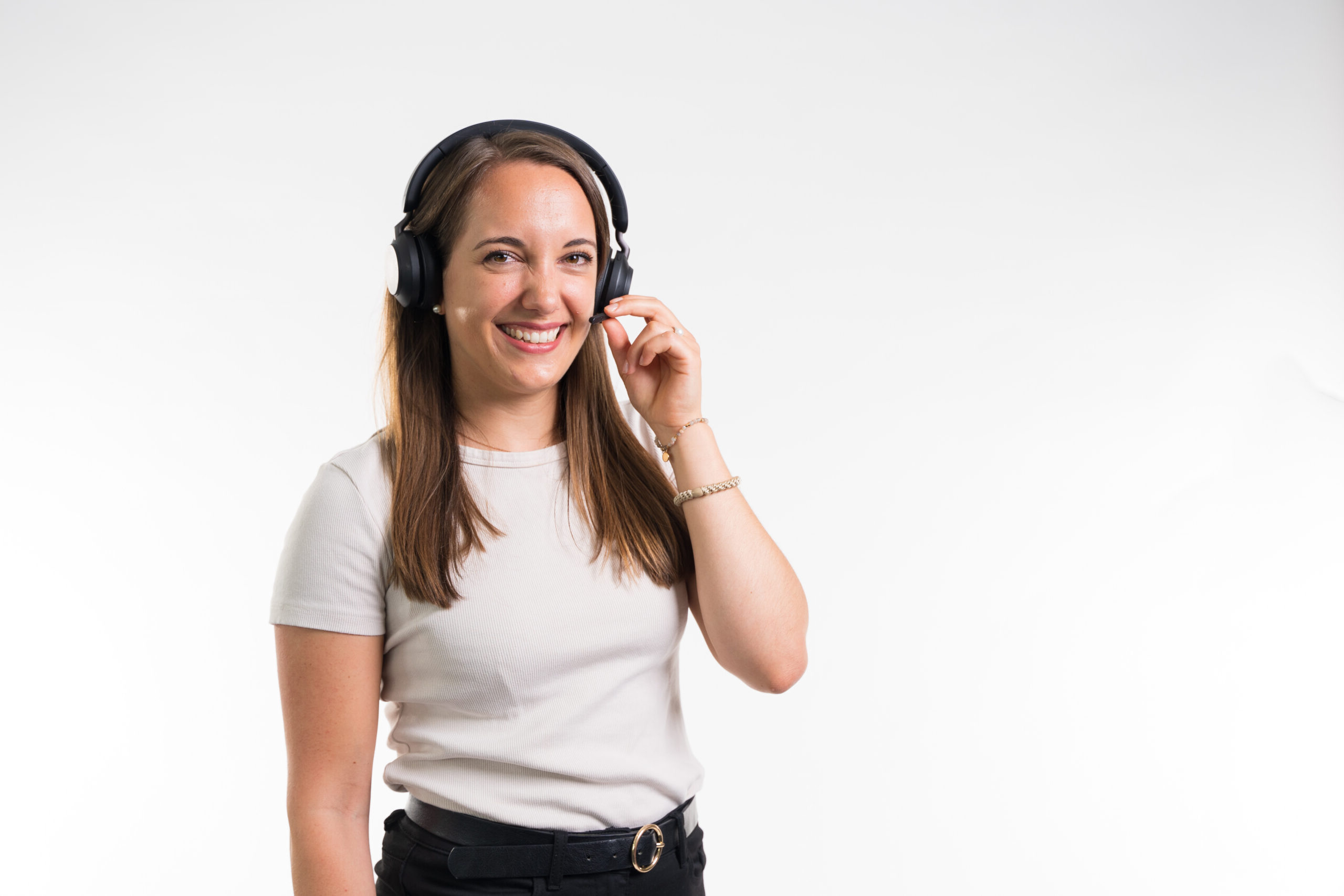Getting to the bottom of headaches and identifying the true causes.
In the past, humans roamed through nature, using all their senses to take in their surroundings. However, in our modern world, there are an incredible number of stimuli constantly impacting our brains through our eyes (such as phones, traffic, computers, etc.). This sensory overload overwhelms our brains. Therefore, it’s not surprising that many people in our society suffer from headaches.
Headaches affect almost everyone. Almost 100% of the Swiss population experiences headaches at some point in their lives [1]. However, when headaches start to interfere with our daily lives, it becomes uncomfortable. It’s worthwhile to delve into this topic at the latest then.
What kinds of headaches are there, anyway?
Headaches are categorized as primary and secondary. Approximately 90% of all types are primary and include the following:
- Tension headaches: the most common type, typically bilateral, dull/aching, lasting up to several days.
- Migraines: severe, one-sided headaches, throbbing, lasting up to several days.
- Cluster headaches: very intense, burning pain, lasting up to three hours.

Secondary headaches can occur due to a disease or substance consumption, such as when you’ve had too much to drink in the evening and wake up with a hangover 😉
What can you do to alleviate headaches?
While pain relievers can help with acute headaches, they don’t address the root cause. Pinpointing the exact cause of headaches can be challenging and is highly individual. Studies show that people with chronic silent inflammation are more prone to headaches [2]. The following factors can influence headaches:
Stress:
Stress can be a trigger for headaches [3]. The body’s stress response, among other things, increases muscle tension. This can lead to increased muscle tension in the head and neck area, causing tension headaches. Additionally, stress elevates chronic inflammation in our bodies [4]. Therefore, it’s crucial to relax regularly and be mindful of our bodies. Apps like Calm or Headspace can assist with this.
Diet:
While diet can trigger headaches, a long-term healthy diet can help prevent them. Pay attention to the following points [5]:
- Fiber-rich diet: Aim for up to 50g of dietary fiber per day.
- Sufficient hydration: 2-2.5 liters of water or unsweetened tea.
- Foods with a low glycemic index that don’t cause a significant spike in blood sugar: minimally processed carbohydrates like lentils, beans, etc.
Sleep:
People who have poor sleep also experience more headaches [6]. During sleep, the body uses this time to reorganize the brain. Thus, it’s important to maintain good sleep hygiene:
- Evening rituals before bedtime (e.g., reading a book).
- Writing a diary before falling asleep.
- Consistent bedtime.
Ergonomics:
Working on a computer can lead to both visual overload of the brain and neck muscle tension. Therefore, it’s worth taking regular breaks and moving your shoulders while working on a PC. On the other hand, you should also give your eyes a break with exercises like this:
- With your eyes open, look to the left about 4-8 times, and then to the right.
- Close your eyes and exhale gently.
- Open your eyes again, then look up about 4-8 times, and then look down.
- Close your eyes again and exhale gently.
- Repeat the entire exercise 2-3 times.

[1] https://www.medix.ch/wissen/guidelines/kopfschmerz/
[2] Hagen K, Stovner LJ, Zwart J-A. High sensitivity C-reactive protein and risk of migraine in a 11-year follow-up with data from the Nord-Trondelag health surveys 2006-2008 and 2017-2019. J. Headache Pain. 2020; 21:67.
[3] https://americanmigrainefoundation.org/resource-library/stress-migraine/
[4] Marsland AL, Walsh C, Lockwood K, John-Henderson NA. The effects of acute psychological stress on circulating and stimulated inflammatory markers: A systematic review and meta-analysis. Brain Behav Immun. 2017 Aug;64:208-219. doi: 10.1016/j.bbi.2017.01.011. Epub 2017 Jan 12. PMID: 28089638; PMCID: PMC5553449.
[5] Arzani M, Jahromi SR, Ghorbani Z, Vahabizad F, Martelletti P, Ghaemi A, Sacco S, Togha M; School of Advanced Studies of the European Headache Federation (EHF-SAS). Gut-brain Axis and migraine headache: a comprehensive review. J Headache Pain. 2020 Feb 13;21(1):15. doi: 10.1186/s10194-020-1078-9. PMID: 32054443; PMCID: PMC7020496.
[6] Cho SJ, Song TJ, Chu MK. Sleep and Tension-Type Headache. Curr Neurol Neurosci Rep. 2019 May 30;19(7):44. doi: 10.1007/s11910-019-0953-8. PMID: 31144052.



